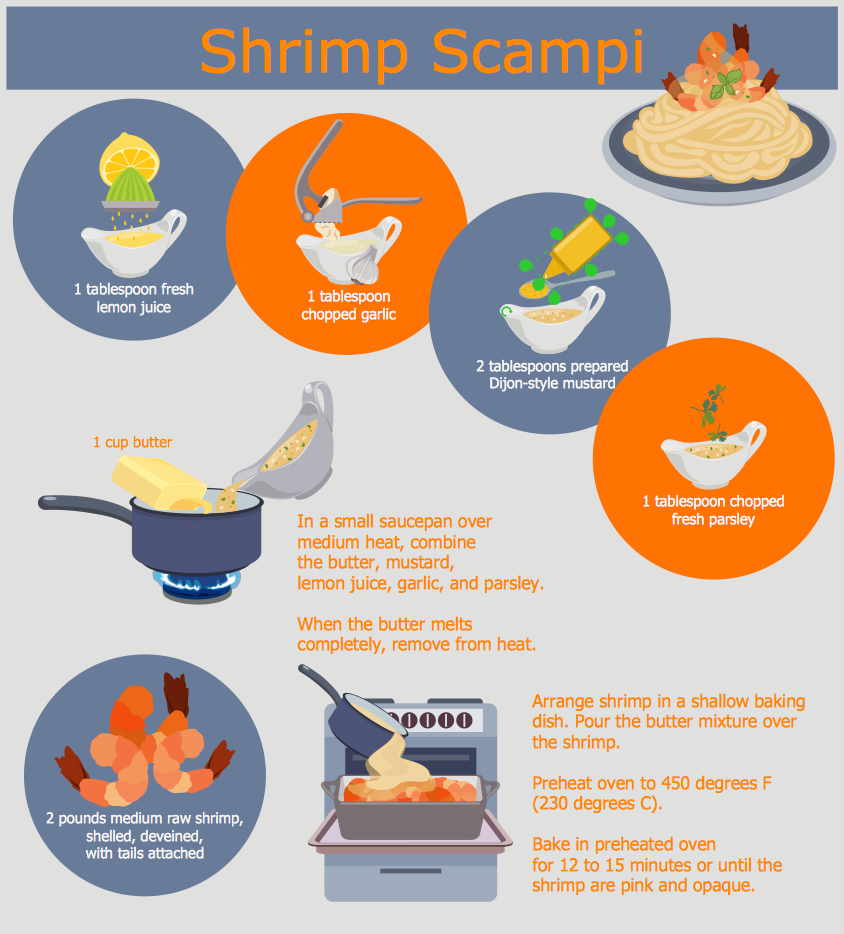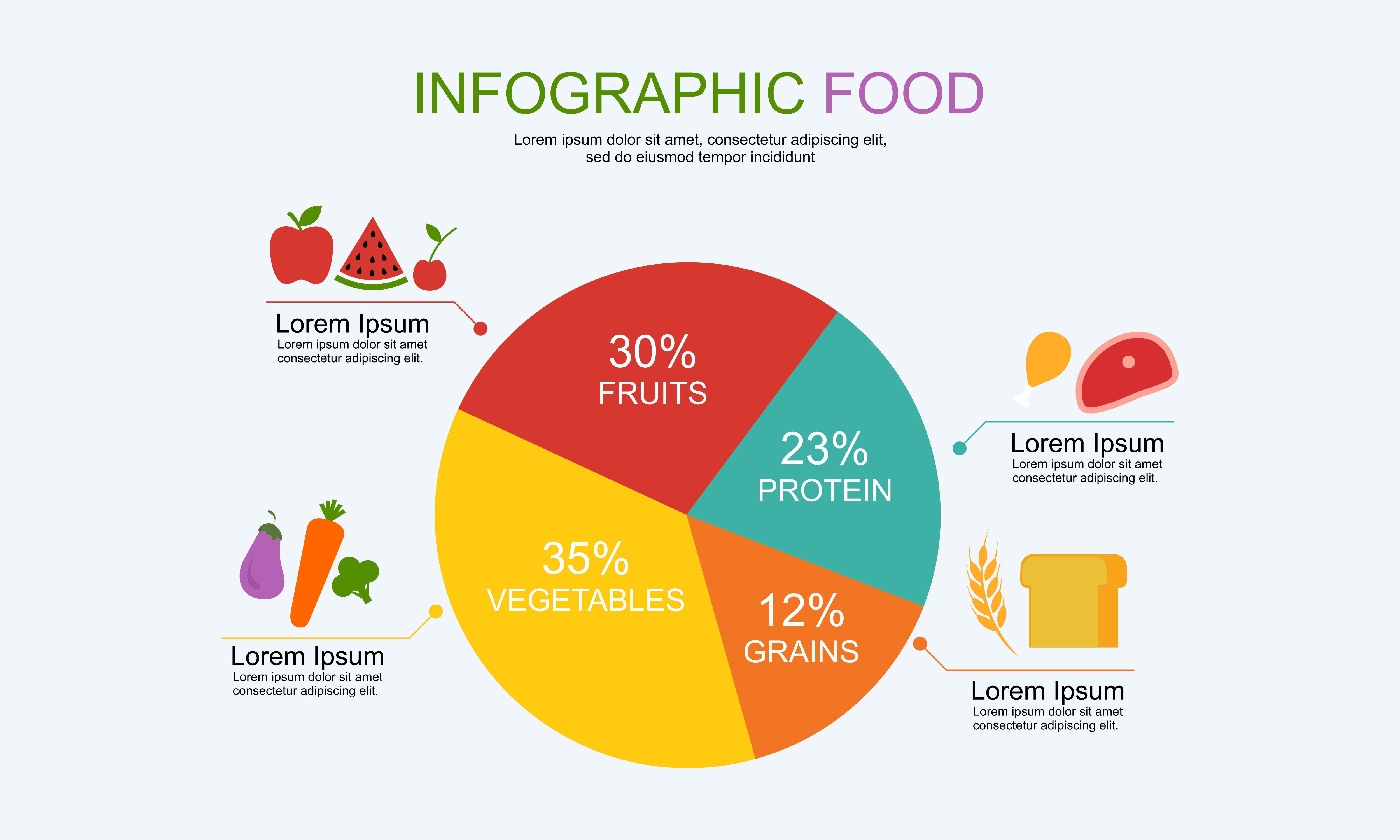

Servings equivalent may depend on form of food. *Servings are based on AHA’s Healthy US-Style Eating Pattern for 2,000 calories/day. Raw seafood may contain parasites or bacteria, including Listeria, that can make pregnant women ill and could potentially harm their babies.

The infographics are an easy-to-understand overview of each topic. Avoid – partially hydrogenated oils, tropical oils, and excessive calories The following are infographics on topics ranging from food safety to nutrition.Limit – sugary drinks, sweets, fatty meats, and salty or highly processed foods.With a few simple changes, you can make eating healthy your easiest habit. Oils – polyunsaturated and monounsaturated canola, olive, peanut, safflower & sesame oil 3 Tbspįood should give you energy– not weigh you down!.Proteins - eggs, fish, lean meat, legumes, nuts, poultry & seeds 1-2 servings.Dairy – low fat (1%) and fat-free 3 servings.Whole grains – barley, brown rice, millet, oatmeal, popcorn and whole wheat bread, crackers & pasta 3-6 servings.Fruits – canned, dried, fresh & frozen 4 servings.Vegetables – canned, dried, fresh & frozen 5 servings.The American Heart Association suggests these daily amounts.* National Hypertension Control InitiativeĪ healthy eating pattern is about smart choices.

The list of charts, graphs, and diagrams includes everything from which spices pair best with which foods to cooking times for your favorite cuts of meat.
FOOD INFOGRAPHIC HOW TO
It addresses several important topics, like how to organize your food, which items don't belong in the fridge, and tips for how to extend the lifespan or regrow vegetables. Take a look at these infographics on access to healthy food and feel free to share them and use them to help your community provide for accessible and. Self Storage Finders created the following infographic that helps visualize food storage and pantry organization. Help the planet – Tossing less food in the trash means less ends up in landfills, and more food is available for those who might otherwise go hungry.Replenish supplies – Learn to re-grow fruits and veggies without spending a dime.Save on groceries – Less spoiled items means less wasted money and fewer trips to the store.Better taste – Fresh food tastes better and retains more nutrients.Longer lifespan – Properly stored items won't spoil as quickly, and you won't end up with moldy science experiments in the back of your fridge.Quick access – Stop digging through disorganized leftovers to find the items you need.Optimizing your home's food storage - whether it's the fridge, freezer, counter, or pantry - will have a dramatic effect on your life. Here are a few key benefits of rethinking your food storage system: So, it's important to make the most of the food you use on a daily basis, including perishable items like dairy and fresh produce, rather than only considering emergency food storage.
FOOD INFOGRAPHIC DOWNLOAD
Download 5000+ Royalty Free Fast Food Infographic. However, what about everyday life? Unless you're living in an extremely remote area without a reliable power grid, or you just time-traveled here from the 1930s, you probably store your everyday food items in a fridge. For AJ+s month-long theme on food, I researched, scripted, and illustrated this infographic that looks at the cost of basic food items around the world in. The best selection of Royalty Free Fast Food Infographic Vector Art, Graphics and Stock Illustrations. Many of us have considered stockpiling shelf-stable food for emergencies - items that won't go bad for years, even if there's no electricity to power a refrigerator or freezer.


 0 kommentar(er)
0 kommentar(er)
